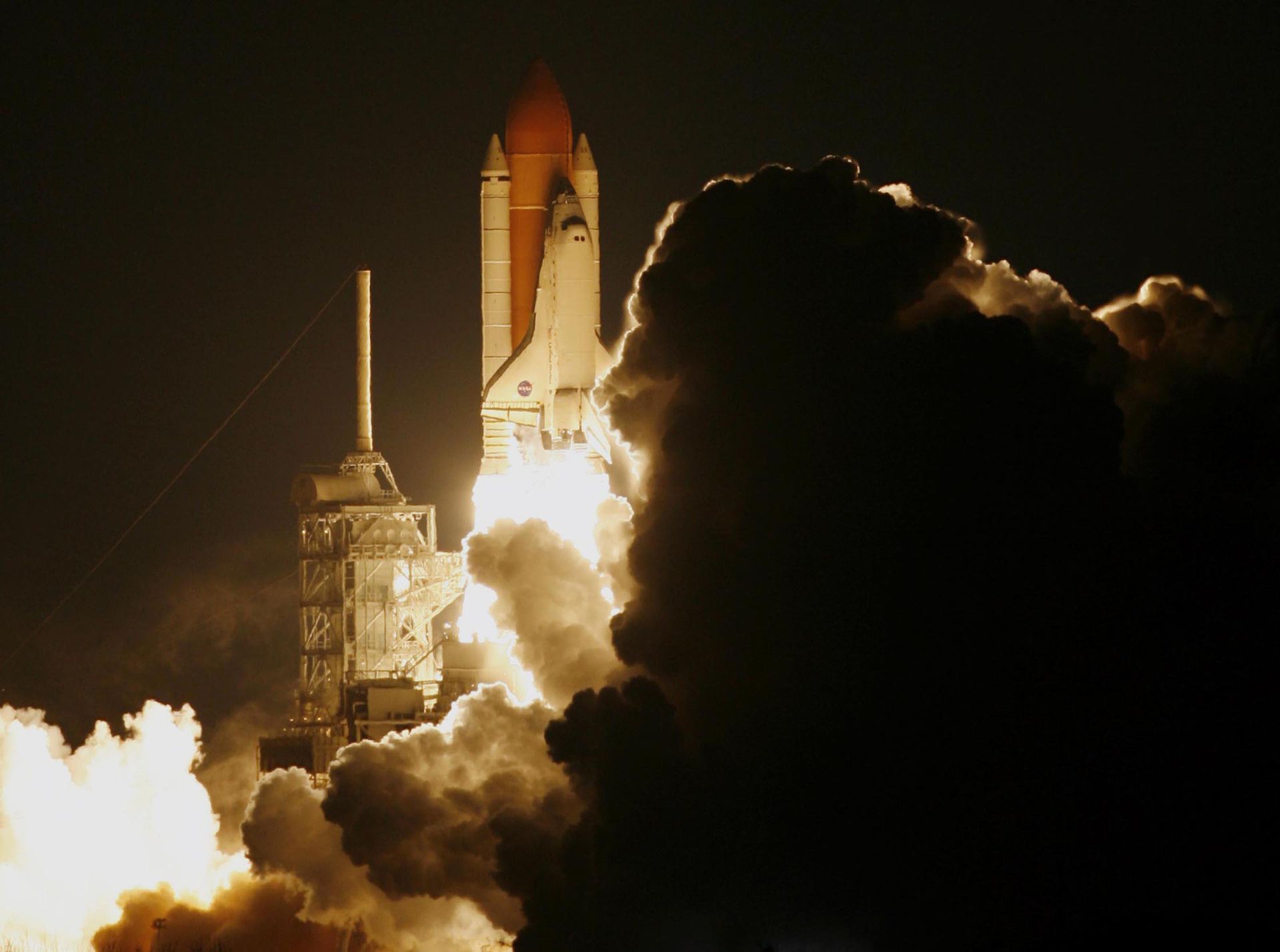Building for Fast Space Travel
Significant speeds in space require a new perspective

Prior to building space ships reaching significant space travel speeds, it has to be recognized that current rocket technology is like a newborn baby who can’t walk.
Light speed is fast, beyond light speed is faster. It’s estimated that the Milky Way galaxy is 1,000 light-years thick, and 100,000 light-years across. Even traveling at light-speed would take a long time to go places that are far away.
To build a space ship reaching practical speeds, new technology has to be discovered.
Viktor Schauberger was a wise man and philosopher. Prior to World War II, he was a multi-generational Master Forester. He studied nature. His most famous quote is: Comprehend and Copy Nature.
Applying his philosophy to one of Nikola Tesla’s philosophical practices: Work with nature instead of against it, he once said that gears are a method to overcome nature. But, this presents the conflict of friction.
Designs in ultra fast speed of space travel have no allowance for friction
To design a proper vehicle to fly in space, there can be no conflict from friction For a vehicle to travel near lightspeed, or reaching lightspeed, requires a vehicle using complete energy efficiency. Where can this be found?
All of human effort with current rocket launch technology has attained 0.000037279123279345 lightspeed.
What will it take to reach a fast enough speed essential for space travel? It requires a different perspective when considering the question. Chemical explosions for propulsion are a technological embarrassment. Current rocket launch technology’s approach is “bigger bombs”. An explosion releases its energy in 360 degrees. The trajectory of a rocket is 1 degree. Even people with low math skills are able to figure out that 360 minus 1 equals 359. Rocket scientists have captured more than one degree of energy release, nonetheless, it still means chemical explosions as a method of propulsion are extremely inefficient.
Follow the leader is a game for people inside a box.
What’s the solution? The solution begins by asking questions that provide a fresh perspective. Why propulsion? Is there a requirement mandating propulsion as the only option for space travel? What’s the most abundant force in the universe? How did the Parker spacecraft reach 300,000 mph? It wasn’t by propulsion. It reached that speed by the attracting gravitational force of a larger body.
Consider a fully accelerated racecar on a superspeedway, how does a stockcar gain more speed? With aerodynamics and the attractive force of momentum. This provides contemplation to the concept of gravity waves.
Where are new discoveries to be found?
What type of discoveries have to be found for practical speed space travel? First is a clear and precise understanding of gravity. The current interpretation of gravity is a 400-year-old law that plots its usage but, has no definition of what it is or where it comes from.
Nikola Tesla concluded in his Dynamic Theory of Gravity: gravity is a field effect.
Answers to significant and strategic questions are relevant. CATTCC embraces the new theory that gravity is a subatomic process. Furthermore, CATTCC agrees with the postulation that gravity is angular momentum in the path of particle movement.
Is knowing the makeup of gravity crucial to designing and building a vehicle to travel in space at a very fast speed? In considering the aspect of utilizing gravity waves, it’s imperative.
In the process of vehicle design, there are several components and absolutes in designing such a vehicle. No friction of touching parts, independent inertia, spin acceleration and variation, gyroscopic motion and leverage control, all points operational control, magnetism, electrical charge, gravity manipulation, energy generation, life support, electrical regeneration, and relative dirt placement. Every piece is intentional.
Where to begin? A wheel within a wheel. Study and copy nature. Work with nature.
There is renewed interest in space flight. The rational concept for new adventures is to build upon what already exists. Are there other models to build from? Otis Carr and John Searl claimed success in their models. German technology from the 1930s had reports of successful builds.
CATTCC has initiated weekly live video conference calls. The intent is to build upon ideas and community support.
There are two aspects to CATTCC's work: a new mode of sustainable transportation and efficient space flight technology.



